Charting Asian Carp’s Course
Four species of Asian carp were first imported into Arkansas in the early 1970s. Since then the voracious, rapidly multiplying fish have migrated northwards, edging ever-closer to the Great Lakes.
[flv:asian_carp_590_011110.flv 590 332]
Follow the carp from 1973-2010 below.
| ——— 1973 | Carp Enter U.S. Bighead, silver and black carp from Taiwan are first introduced into the U.S. by an Arkansas fish farmer looking to use his own stock of grass carp as a weed control agent. |
| ——— 1974 | Federal Introduction and Breeding Arkansas Game and Fish Commission stocks 380,000 grass Asian carp in state waters, and eventually opens the breeding program to bighead, black, silver carp. |
| ——— 1979 | Carp Instead of Chemicals Arkansas Game and Fish, working with a grant from the U.S. Environmental Protection Agency (EPA), use silver and bighead carp in sewage treatment experiment. |
| ——— 1980 | Entering the Wild The first batch of silver Asian carp is discovered swimming in the wild. |
| ——— Early 1990s | Migration Begins “Two species of Asian carp-the silver and the bighead-escape into the Mississippi River from southern aquaculture facilities in the early 1990s when the facilities were flooded,” the Great Lakes Fishery Commission reports. |
| ——— 2002 | Near Lake Michigan Bighead carp break through the experimental electric barrier between the Mississippi River and Lake Michigan. |
| ——— Oct. 2006 | 50 Miles Away Bighead, silver and Asian carp are found 50 miles downstream from Lake Michigan. Government and university biologists introduce the giant nutrient-devouring species as replacements of sewage treating and weed-killing chemicals, as well as a potential a new food source. |
| ——– Jan. 8, 2010 | Carp Approach, Case to Supreme Court
While carp migrate within a few miles of the Great Lakes, Michigan’s Attorney General Michael Cox files his first lawsuit that demands canal and lock closures between Illinois and Lake Michigan. “Stopping Asian carp is an economic and environmental necessity for Michigan,” Cox said in a statement. “The Great Lakes are an irreplaceable resource. Thousands of jobs are at stake and we will not get a second chance once the carp enter Lake Michigan.” Some officials fear that the $7-billion-a-year sport fishing industry and $16 billion annual spending on recreational boating are at risk. |
| ——— Feb. 5, 2010 | Fight Returns to Supreme Court Michigan Attorney General Mike Cox files a new Supreme Court motion to block carp from entering the Great Lakes, claiming that Illinois’ estimates of $190 million in annual damages from lock closures are “seriously exaggerated.” |
| ——— Feb. 7, 2010 | Asian Carp Protest Near Lake Michigan Shore Fishing enthusiasts and state representatives rally in Traverse City against Illinois’ opposition to the closure of Chicago-area locks. Michigan Democratic and Republican Web sites are launched, urging the immediate closure of Chicago-area waterways.
|
| ——— Feb. 8, 2010 | Obama Administration Pledges $78.5 Million to Fight Michigan Governor Jennifer Granholm says cash, and a plan for part-time closure of Chicago-area locks, cannot protect the Great Lakes from Asian carp. Granholm asks for permanent closure of the locks, while the Obama administration and state of Illinois oppose the move. Parties fail to reach an agreement at a federal summit. “I believe the proposal’s primary objectives are not sustainable, and that this is a plan to limit damages — not solve the problem,” Granholm said. |
Sources: Circle of Blue, Milwaukee Journal-Sentinel, Sentinel Timeline
is a Washington, D.C–based correspondent for Circle of Blue. He graduated from DePauw University as a Media Fellow with a B.A. in Conflict Studies. He co-writes The Stream, a daily summary of global water news.



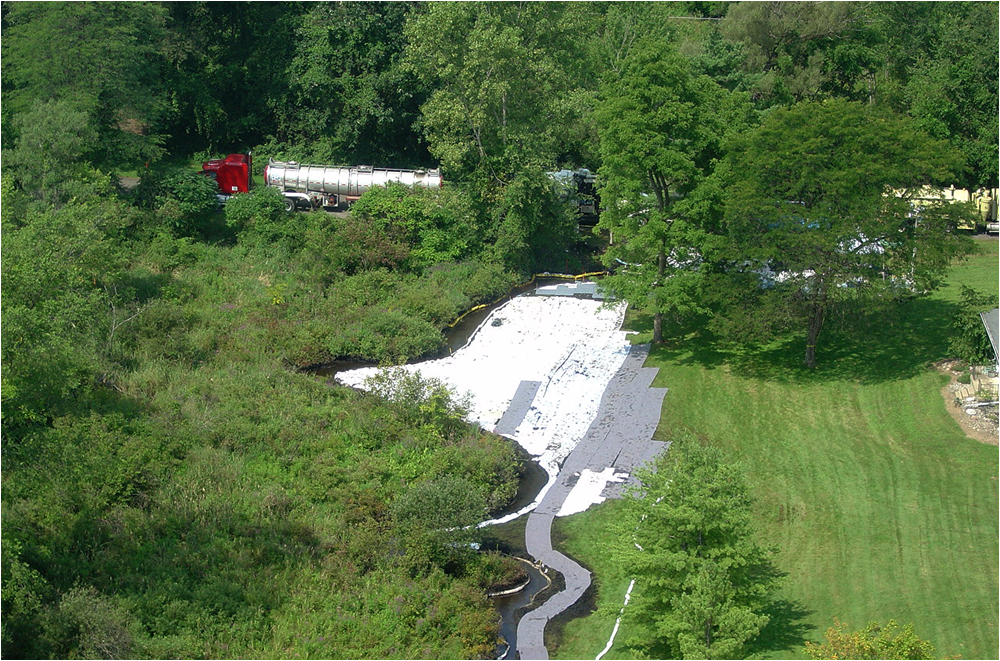
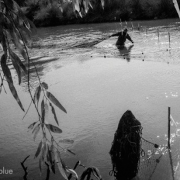
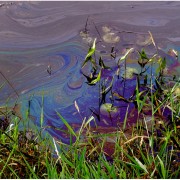


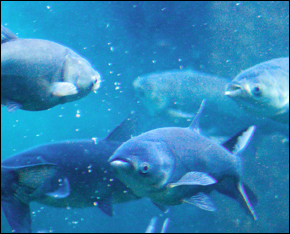


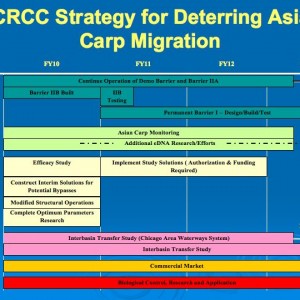
Leave a Reply
Want to join the discussion?Feel free to contribute!